Are you planning to ship goods from China to London in 2025?
Understanding the complexities of this process can be daunting, but it doesn’t have to be. In this comprehensive guide, we will explore the various shipping methods, important customs regulations, and key considerations to ensure a smooth import experience. Dive into the world of international trade and discover how to optimize your shipping strategy from China to London, making your logistics as efficient as possible.
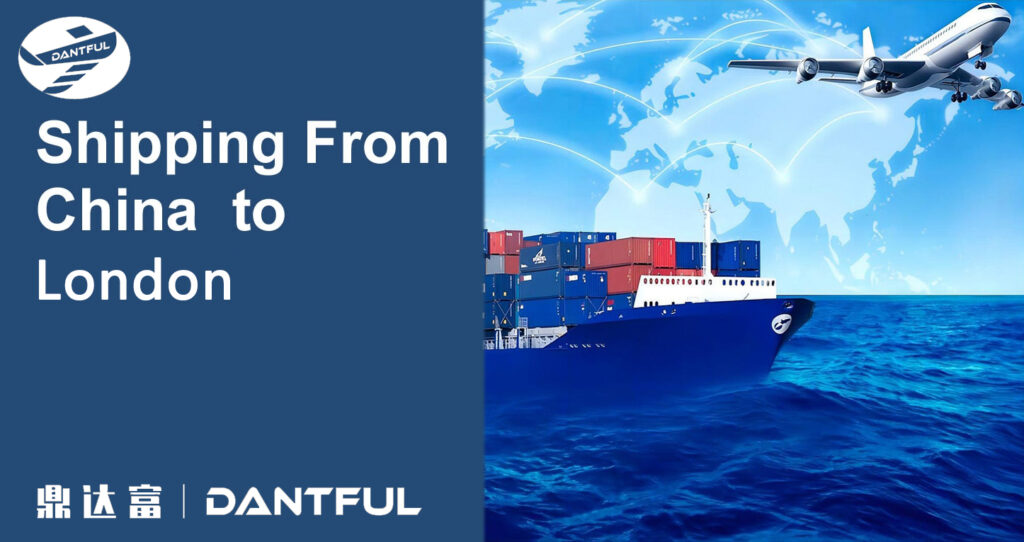
Introduction to Shipping from China to London
Overview of Global Trade Trends
In recent years, global trade has seen a significant transformation, driven largely by advancements in technology and shifting economic patterns. According to the World Trade Organization (WTO), global merchandise trade volume grew by 2.7% in 2024, (source: WTO). As economies continue to rebound, China remains a dominant player in the global supply chain, accounting for about 14.5% of total global exports in 2024. With London being one of the world’s largest financial centers, the demand for shipping goods from China to London is on the rise. Businesses in various sectors, including technology, fashion, and consumer goods, are increasingly sourcing products from China to capitalize on competitive pricing and quality.
Importance of London as a Trade Hub
London is strategically positioned as a vital trade hub, providing unparalleled access to European and global markets. The city’s advanced logistics infrastructure, including major ports like the Port of London and Heathrow Airport, facilitates efficient transportation and distribution channels. Furthermore, London’s role as a financial epicenter attracts numerous multinational corporations, enhancing its attractiveness as a destination for goods imported from China. The city’s robust regulatory framework and commitment to innovation in trade make it an ideal location for businesses looking to expand their operations or enter new markets. As a result, understanding the intricacies of shipping from China to London is crucial for any business endeavoring to succeed in the competitive landscape of global trade.
Methods of Shipping from China to London
Ocean Freight from China to London
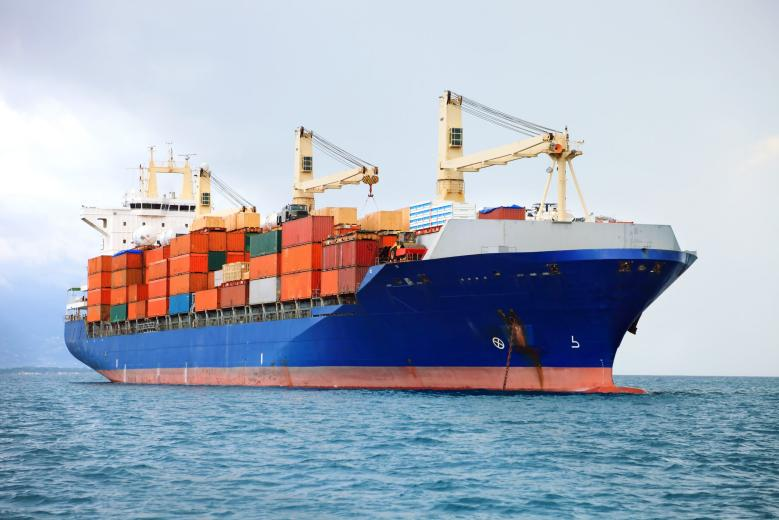
Ocean Freight is one of the most cost-effective methods for shipping goods from China to London, especially for bulk shipments. With thousands of shipping vessels operating globally, ocean freight allows for the transportation of large quantities of goods at competitive rates. Typically, shipping times for ocean freight from China to the Port of London range from 25 to 40 days, depending on the shipping route and port of origin in China. A significant advantage of ocean freight is the ability to transport a wide range of cargo types, including oversized and heavy machinery, which can be transported as Out of Gauge (OOG) freight.
The costs associated with ocean freight can vary based on several factors, including fuel prices, shipping line rates, and seasonal demand. For businesses looking to save on shipping costs, Dantful International Logistics offers tailored ocean freight solutions that ensure timely delivery without compromising on quality or service. If you’re interested in understanding how much is ocean freight from china, Dantful can provide you with the necessary insights.
Air Freight from China to London
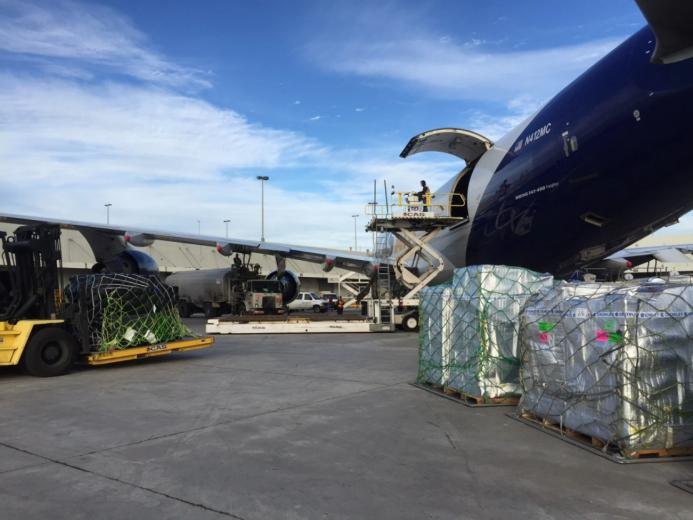
For businesses that prioritize speed, Air Freight is the ideal method for shipping goods from China to London. Although generally more expensive than ocean freight, air freight provides a significantly reduced transit time, with delivery typically occurring within 5 to 10 days. This method is particularly beneficial for high-value items or products with a short shelf life, such as electronics and perishables.
However, it is essential to be aware of the associated costs, as air freight rates are influenced by factors such as weight, volume, and the chosen airline. Dantful International Logistics offers comprehensive air freight services, ensuring that your shipments arrive quickly and efficiently while navigating customs regulations seamlessly. For specific inquiries about air freight from china to uk, Dantful provides detailed service options.
In summary, the choice between ocean freight and air freight primarily depends on shipping priorities, budget constraints, and the nature of the goods being transported. By understanding the strengths and limitations of each method, businesses can better navigate the complexities of shipping from China to London.
Read More:
- Shipping From China To Netherlands
- Shipping From China To Spain
- Shipping From China To Germany
- Shipping From China To France
- Shipping From China to Italy
- Shipping From China To Poland
- Shipping From China to United Kingdom
Key Considerations for Importing Goods
Customs Regulations and Compliance
When shipping from China to London, understanding customs regulations and compliance is crucial for a seamless import process. The UK Border Force oversees all imports into the UK, enforcing strict compliance with national and international laws. Importers must ensure that all goods meet regulations concerning safety, health, and environmental standards.
Documentation is essential, and it typically includes a Commercial Invoice, Packing List, and Bill of Lading. The UK Trade Tariff outlines specific duties and restrictions, which can vary depending on the product category. Utilizing a professional freight forwarder, such as Dantful International Logistics, can help navigate these regulations efficiently, ensuring that all necessary documentation is in order to avoid delays and penalties.
Import Duties and Taxes
Importing goods incurs several financial obligations, including import duties and Value Added Tax (VAT). The amount of duty payable depends on the commodity code of the product, which determines the tariff rate applied. As of 2023, the standard VAT rate in the UK is 20%, which is applied to the total cost of the goods, including shipping and insurance.
An overview of potential duties might look like this:
| Product Category | Duty Rate (%) | VAT Rate (%) |
|---|---|---|
| Electronics | 0-14 | 20 |
| Clothing | 12-20 | 20 |
| Machinery | 0-6 | 20 |
| Furniture | 2.5-6 | 20 |
Importers must be aware of these costs as they significantly affect the overall expense of importing goods. Partnering with a freight forwarder like Dantful International Logistics can provide clarity on the applicable duties and ensure accurate calculations in advance.
Packaging and Labeling Requirements
Another critical aspect of importing goods is adhering to the packaging and labeling requirements established by UK regulations. Proper packaging not only protects the goods during transit but also fulfills regulatory standards. Labels must include vital information such as the name and address of the exporter, country of origin, and any hazard warnings, if applicable.
Specific goods may also require additional labeling, such as:
- Food products must indicate ingredients, production date, and expiration dates.
- Chemical products need to display safety warnings as outlined by the Classification, Labelling and Packaging (CLP) Regulation.
Failure to comply with these labeling requirements could result in customs delays or even fines. Dantful International Logistics can assist clients in ensuring that their products are appropriately packaged and labeled, thus mitigating the risk of non-compliance.
Shipping Costs from China to London
Breakdown of Shipping Costs
Understanding the various components of shipping costs is essential for anyone looking to import goods from China to London. The total cost can be broken down into several key elements:
- Freight Charges: The base cost for transporting goods, which varies based on the shipping method chosen (ocean or air).
- Customs Duties and Taxes: As previously discussed, these costs can significantly impact the overall expense.
- Insurance: Protecting your goods during transit is highly advisable, especially for high-value shipments.
- Handling Fees: These are charges incurred by the freight forwarder for managing your shipment.
- Port Charges: Fees charged at the port of origin and destination.
A typical cost breakdown might look as follows for a standard shipment of 500 kg:
| Cost Component | Ocean Freight ($) | Air Freight ($) |
|---|---|---|
| Freight Charges | 500 | 2,000 |
| Customs Duties | 100 | 100 |
| Insurance | 50 | 50 |
| Handling Fees | 70 | 150 |
| Port Charges | 30 | 30 |
| Total Estimated Cost | 750 | 2,330 |
Comparing Ocean vs. Air Freight Pricing
When deciding between ocean freight and air freight, pricing is a significant factor. Generally, ocean freight is more cost-effective for larger shipments, while air freight offers faster delivery times at a higher cost. Here’s a comparison to illustrate the financial implications:
| Shipping Method | Cost per kg ($) | Transit Time (Days) |
|---|---|---|
| Ocean Freight | 1.00 | 25-35 |
| Air Freight | 4.00 | 5-7 |
As shown, while air freight provides quicker delivery, it comes with a premium price tag. Therefore, importers should assess their budget and timeline to make an informed decision.
Hidden Costs to Be Aware Of
In international shipping, hidden costs can catch importers by surprise. Some common hidden fees include:
- Demurrage Charges: Fees for the prolonged storage of containers at the port.
- Detention Fees: Charges for keeping a shipping container beyond the allowed free time.
- Handling Fees: Additional fees for the handling of cargo at terminals or warehouses.
- Currency Fluctuations: Changes in exchange rates that can affect overall costs.
To mitigate these risks, it is beneficial to work with an experienced freight forwarder like Dantful International Logistics, which provides transparency and guidance in anticipating and managing these hidden costs.
By understanding these essential considerations and costs related to shipping from China to London, importers can effectively plan their logistics strategy and ensure a smooth importing experience.
Shipping Times from China to London
Sea Freight Shipping Times from China to London
When it comes to Sea Freight, shipping times from China to London can vary significantly based on several factors, including the specific ports of departure and arrival, shipping routes, and current maritime traffic conditions. On average, the transit time for ocean freight from major ports in China, such as Shanghai or Shenzhen, to the Port of London typically ranges from 25 to 45 days.
Here is a brief overview of estimated sea freight transit times from key ports in China to London:
| Departure Port | Estimated Transit Time (Days) |
|---|---|
| Shanghai | 30-35 |
| Shenzhen | 28-34 |
| Ningbo | 29-38 |
| Guangzhou | 30-40 |
| Qingdao | 32-45 |
These times may fluctuate due to various factors such as seasonal weather disruptions, port congestion, or the shipping company’s operational efficiency. If you want to know more about shipping options, check out our ocean freight services.
Air Freight Shipping Times from China to London
In contrast to sea freight, Air Freight significantly reduces shipping times, making it a preferred option for time-sensitive goods. Generally, air freight from China to London takes approximately 7 to 10 days. This speed, however, comes at a higher cost compared to ocean freight.
The following table summarizes the air freight transit times from leading cities in China to London:
| Departure City | Estimated Transit Time (Days) |
|---|---|
| Beijing | 7-9 |
| Shanghai | 7-10 |
| Guangzhou | 8-10 |
| Shenzhen | 8-9 |
| Chengdu | 9-11 |
For more information on air freight options, visit our air freight services.
Impact of Customs Clearance on Delivery Times
Regardless of the shipping method chosen, Customs Clearance can significantly impact overall delivery times. While both sea and air freight operations may seem efficient, delays during customs processing can stretch the total shipping duration.
For ocean freight, customs clearance can take anywhere from 1 to 5 days, depending on the volume of goods, completeness of documentation, and compliance with UK customs regulations. For air freight, customs processing is usually faster, averaging 1 to 3 days, but unexpected discrepancies can still lead to delays.
Ensuring proper documentation and compliance with all regulatory requirements is crucial to minimize customs-related holdups. You can learn more about this in our customs clearance services.
Selecting the Right Freight Forwarder
Benefits of Using a Professional Freight Forwarder
Choosing a professional freight forwarder, such as Dantful International Logistics, can streamline the shipping process from China to London. Here are some key benefits:
- Expertise: Understanding the complexities of international shipping regulations and customs requirements.
- Networking: Established relationships with carriers and customs officials can lead to more competitive rates and expedited processes.
- Insurance and Risk Management: Professional freight forwarders offer insurance options to protect your cargo from potential losses during transit.
- Cost-Effectiveness: Experienced freight forwarders can identify the most cost-efficient shipping methods and routes.
How Dantful International Logistics Stands Out

Dantful International Logistics is a highly professional, cost-effective, and high-quality one-stop international logistics service provider for global traders. Our expertise encompasses a wide array of freight services, including Ocean Freight, Air Freight, Customs Clearance, and more. We pride ourselves on offering tailored solutions that meet the unique needs of each client, ensuring seamless shipment processes from China to London.
Factors to Consider When Choosing a Freight Forwarder
When selecting a freight forwarder, consider the following factors:
- Experience and Reputation: Look for a company with a proven track record in handling shipments from China to the UK.
- Service Range: Ensure the forwarder offers comprehensive services, including customs clearance, warehousing, and insurance.
- Transparency: A reputable freight forwarder should provide clear pricing structures and avoid hidden fees.
- Customer Support: Strong communication and support are vital for navigating any challenges that arise during the shipping process.
Best Practices for Smooth Shipping
Preparing for Customs Clearance
To facilitate smooth customs clearance, ensure that all documentation is complete and accurate. This includes commercial invoices, packing lists, and relevant permits or certificates. Working with a knowledgeable freight forwarder can help you navigate the complexities of customs regulations in both China and the UK.
Ensuring Timely Deliveries
Maintaining open communication with your freight forwarder and shipping partner is crucial for timely deliveries. Regularly tracking your shipments and addressing any issues proactively can significantly reduce the risk of delays.
Managing Logistics and Supply Chain Risks
Effective risk management strategies are essential for navigating the complexities of international shipping. This includes assessing potential disruptions, such as changes in customs regulations, global trade policies, and logistical challenges. Collaborating with a reputable freight forwarder like Dantful International Logistics can provide you with the support needed to mitigate these risks and ensure a smooth shipping experience.

Young Chiu is a seasoned logistics expert with over 15 years of experience in international freight forwarding and supply chain management. As CEO of Dantful International Logistics, Young is dedicated to providing valuable insights and practical advice to businesses navigating the complexities of global shipping.



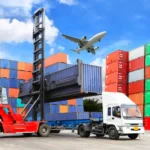
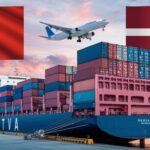

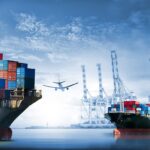
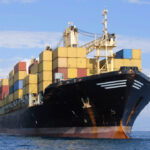
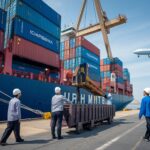
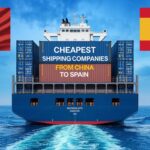
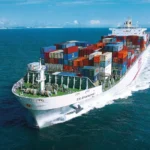
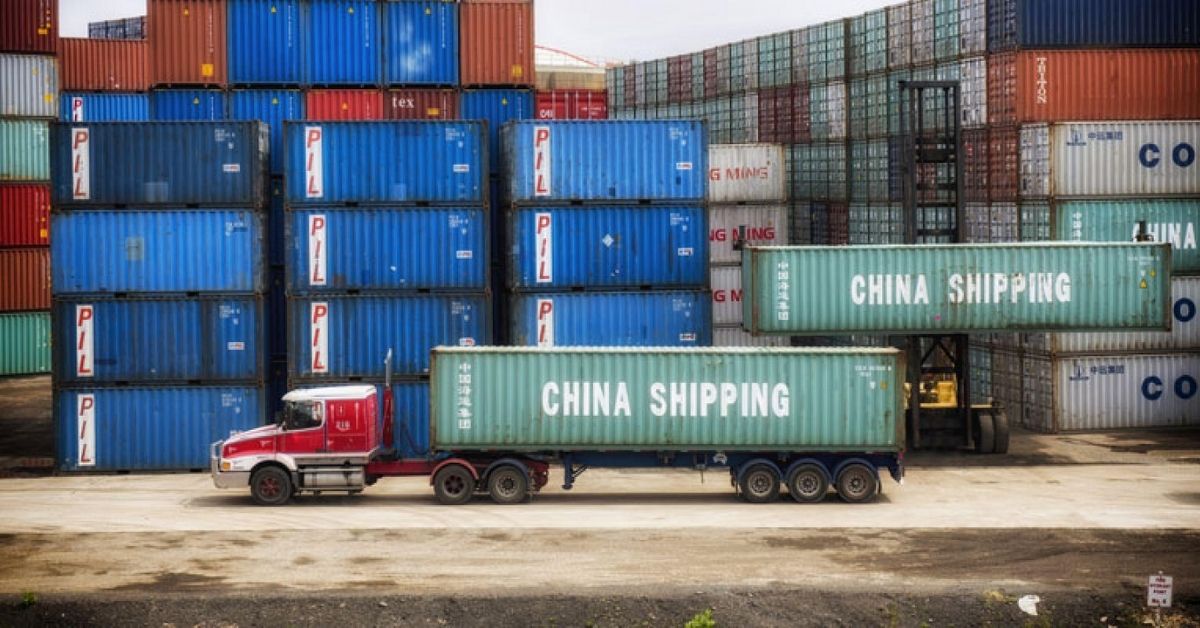
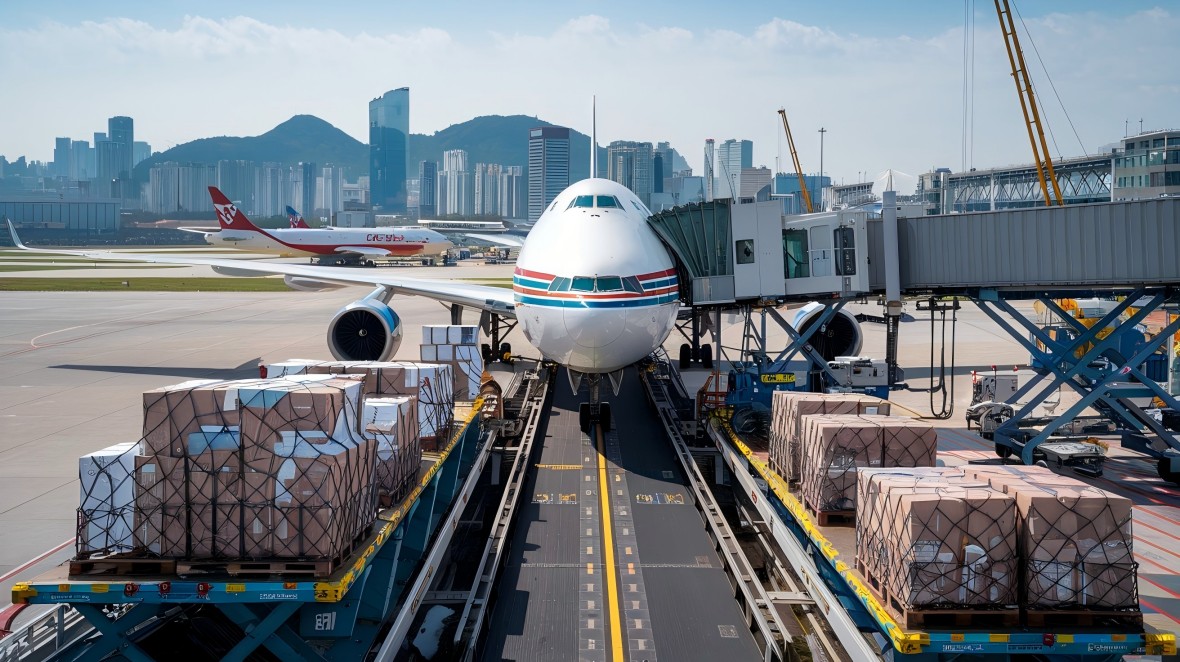
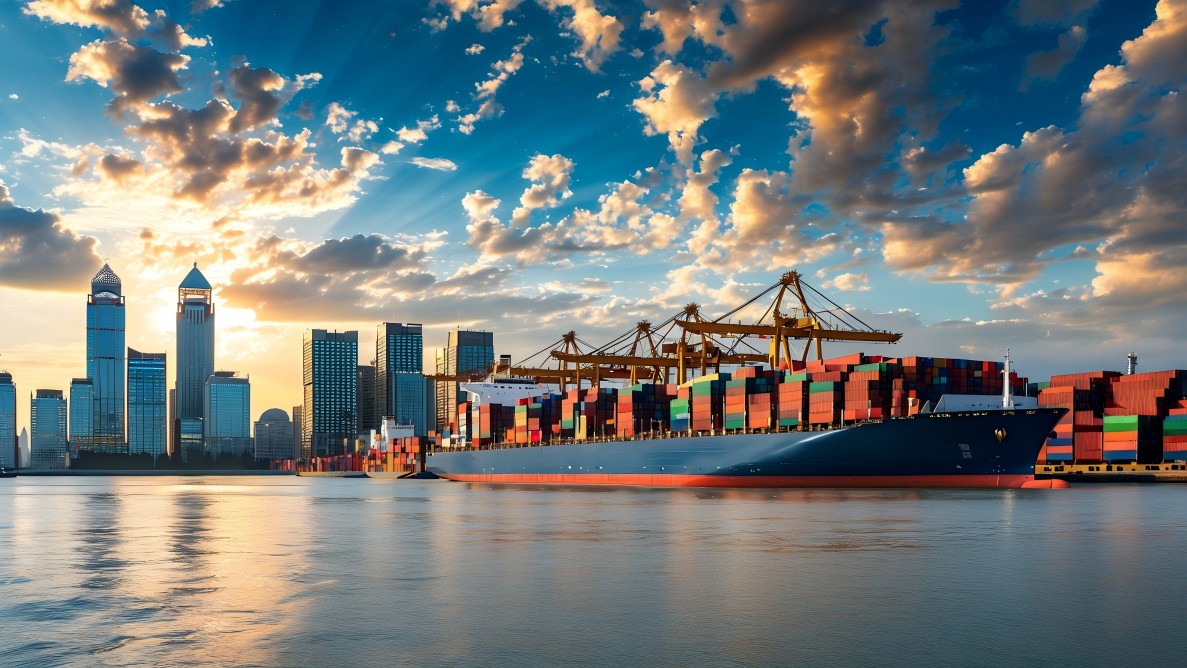
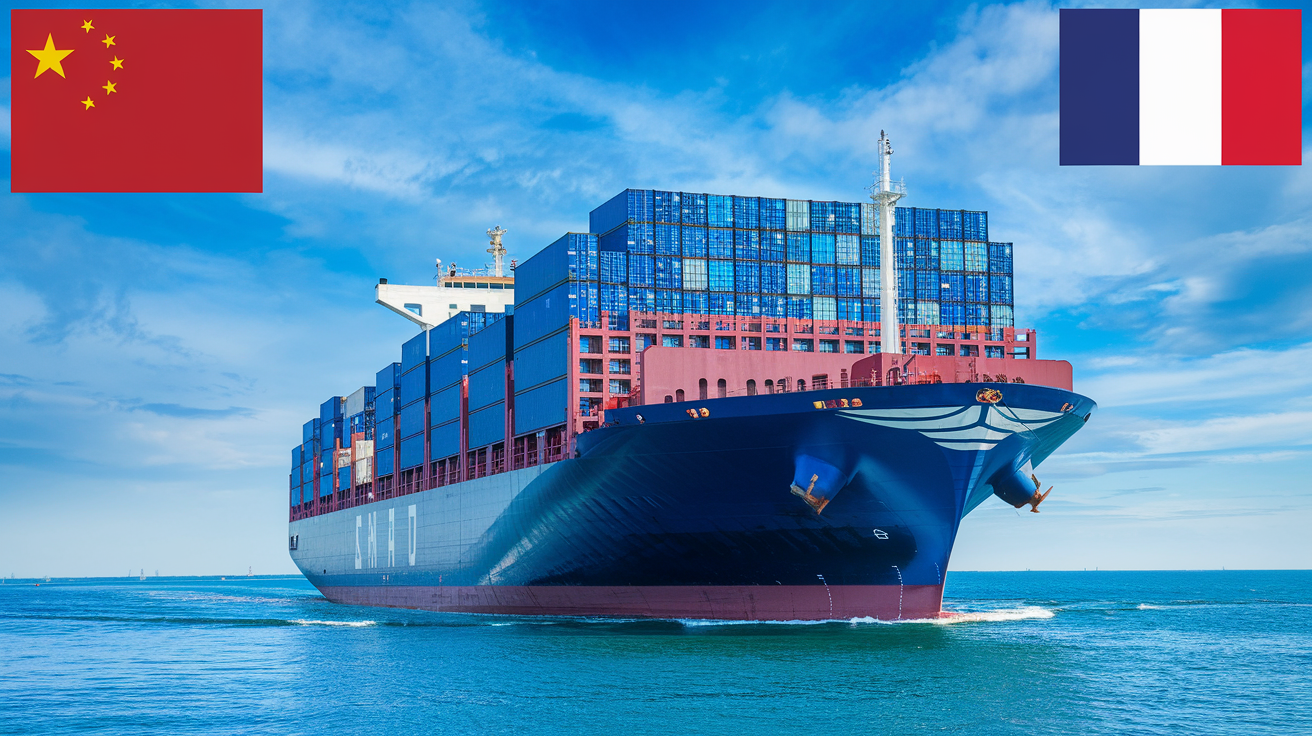
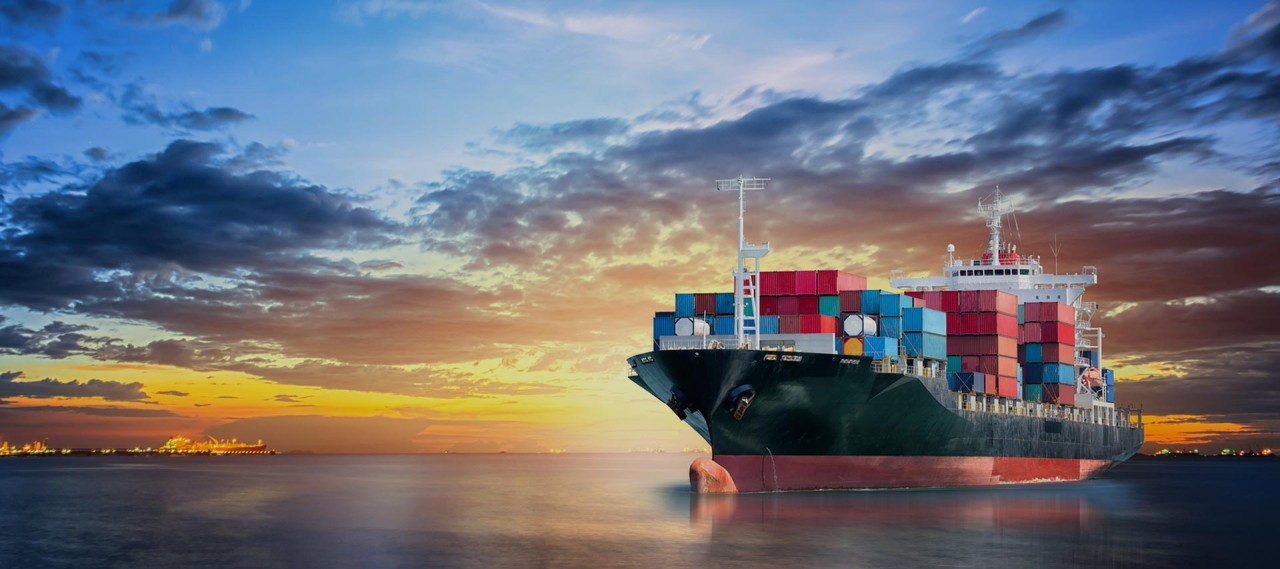





 Afrikaans
Afrikaans Shqip
Shqip አማርኛ
አማርኛ العربية
العربية Հայերեն
Հայերեն Azərbaycan dili
Azərbaycan dili Euskara
Euskara Беларуская мова
Беларуская мова বাংলা
বাংলা Bosanski
Bosanski Български
Български Català
Català Cebuano
Cebuano Chichewa
Chichewa 简体中文
简体中文 繁體中文
繁體中文 Corsu
Corsu Hrvatski
Hrvatski Čeština
Čeština Dansk
Dansk Nederlands
Nederlands English
English Esperanto
Esperanto Eesti
Eesti Filipino
Filipino Suomi
Suomi Français
Français Galego
Galego ქართული
ქართული Deutsch
Deutsch Ελληνικά
Ελληνικά Kreyol ayisyen
Kreyol ayisyen Harshen Hausa
Harshen Hausa Ōlelo Hawaiʻi
Ōlelo Hawaiʻi עִבְרִית
עִבְרִית हिन्दी
हिन्दी Hmong
Hmong Magyar
Magyar Íslenska
Íslenska Igbo
Igbo Bahasa Indonesia
Bahasa Indonesia Gaeilge
Gaeilge Italiano
Italiano 日本語
日本語 Basa Jawa
Basa Jawa ಕನ್ನಡ
ಕನ್ನಡ Қазақ тілі
Қазақ тілі ភាសាខ្មែរ
ភាសាខ្មែរ 한국어
한국어 كوردی
كوردی Кыргызча
Кыргызча ພາສາລາວ
ພາສາລາວ Latin
Latin Latviešu valoda
Latviešu valoda Lietuvių kalba
Lietuvių kalba Lëtzebuergesch
Lëtzebuergesch Македонски јазик
Македонски јазик Malagasy
Malagasy Bahasa Melayu
Bahasa Melayu മലയാളം
മലയാളം Maltese
Maltese Te Reo Māori
Te Reo Māori मराठी
मराठी Монгол
Монгол ဗမာစာ
ဗမာစာ नेपाली
नेपाली Norsk bokmål
Norsk bokmål پښتو
پښتو فارسی
فارسی Polski
Polski Português
Português ਪੰਜਾਬੀ
ਪੰਜਾਬੀ Română
Română Русский
Русский Samoan
Samoan Gàidhlig
Gàidhlig Српски језик
Српски језик Sesotho
Sesotho Shona
Shona سنڌي
سنڌي සිංහල
සිංහල Slovenčina
Slovenčina Slovenščina
Slovenščina Afsoomaali
Afsoomaali Español
Español Basa Sunda
Basa Sunda Kiswahili
Kiswahili Svenska
Svenska Тоҷикӣ
Тоҷикӣ தமிழ்
தமிழ் తెలుగు
తెలుగు ไทย
ไทย Türkçe
Türkçe Українська
Українська اردو
اردو O‘zbekcha
O‘zbekcha Tiếng Việt
Tiếng Việt Cymraeg
Cymraeg יידיש
יידיש Yorùbá
Yorùbá Zulu
Zulu